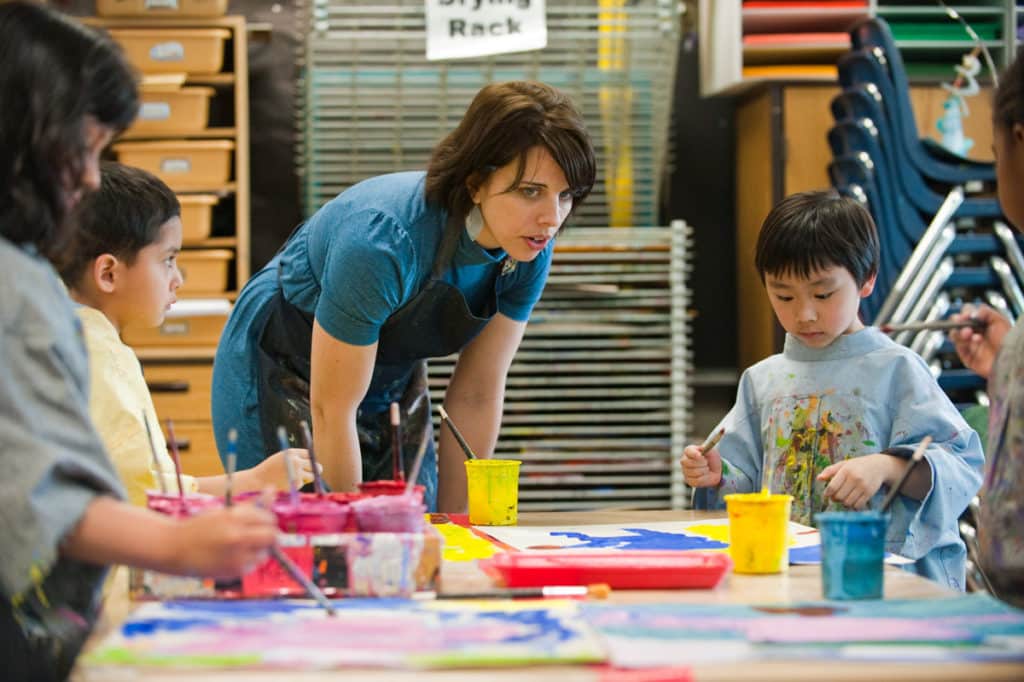
Special area teachers often see each child for only one hour a week. Here are a few ways classroom teachers can work together with special area teachers to help them get to know their students better?
At our school, we’ve found that fostering a culture of regular, two-way communication helps all of us to know the children well. For example, one way we help specials teachers know the children is to post a great deal of student work throughout the school. Plus, we often communicate by email, particularly if something new happens in a child’s life, such as the birth of a sibling or the death of a relative.
Our specials teachers also share information with us. One music teacher holds a Talent Day to showcase children’s special abilities or interests. For example, one child did magic tricks; another shared some of her artwork. The audience of classmates, classroom teacher, and families is hugely supportive. Talent Day has become a favorite school tradition, as well as an important way for all of the teachers to know the students better.
I’ve found that inviting our specials teachers to join Morning Meetings is a great way for everyone to get to know each other better. For example, once or twice a month on Wednesdays, the only days when our PE teacher Pat is in our building, she joins our Morning Meeting as one of the sharers. This offers us a chance to get to know her not just as our PE teacher, but also as a “real” person. Once we learned that she has a garden and loves to grow vegetables. Listening to the other sharings of the day also lets Pat learn about the children. And the questions and comments following the sharings open the door to further conversations later in the day. As a further way of connecting, Pat invites two students to share with me, after each PE class, what she and the children did that day.
As the year goes on, Pat sometimes brings in new greetings or activities to teach us. Having her join us on Wednesdays is something we all look forward to.
I’ve had great success co-teaching lessons with specialists. For example, I worked with Gina, our technology specialist, to create a mini-unit for our study of 18th and 19th century American Indian cultures. During the planning, I shared my insight into specific students and the ways they learned best.
Although I supplemented and supported Gina, she did most of the teaching. She began by inviting the students to share their ideas of what characteristics make an effective leader. Next, she helped them explore how certain Western tribes chose their leaders. After a brainstorm and webbing exercise using the “Inspiration” computer program, the children each claimed a word that described one quality of a leader. They created a unique hand-drawn symbol for that quality, and Gina taught them how to scan their symbols into the computer and print them onto transferable, iron-on paper. Finally, students ironed their symbols onto a large “power shirt” that we hung in the classroom.
Co-teaching this mini-unit enabled Gina to know the students better. It also enabled the students to know her better. As an added benefit, the children got to see two teachers working together—a useful model for their own collaborative projects.
Margaret Berry Wilson, Donna Petit, and Tracey Gordon contributed to this article.